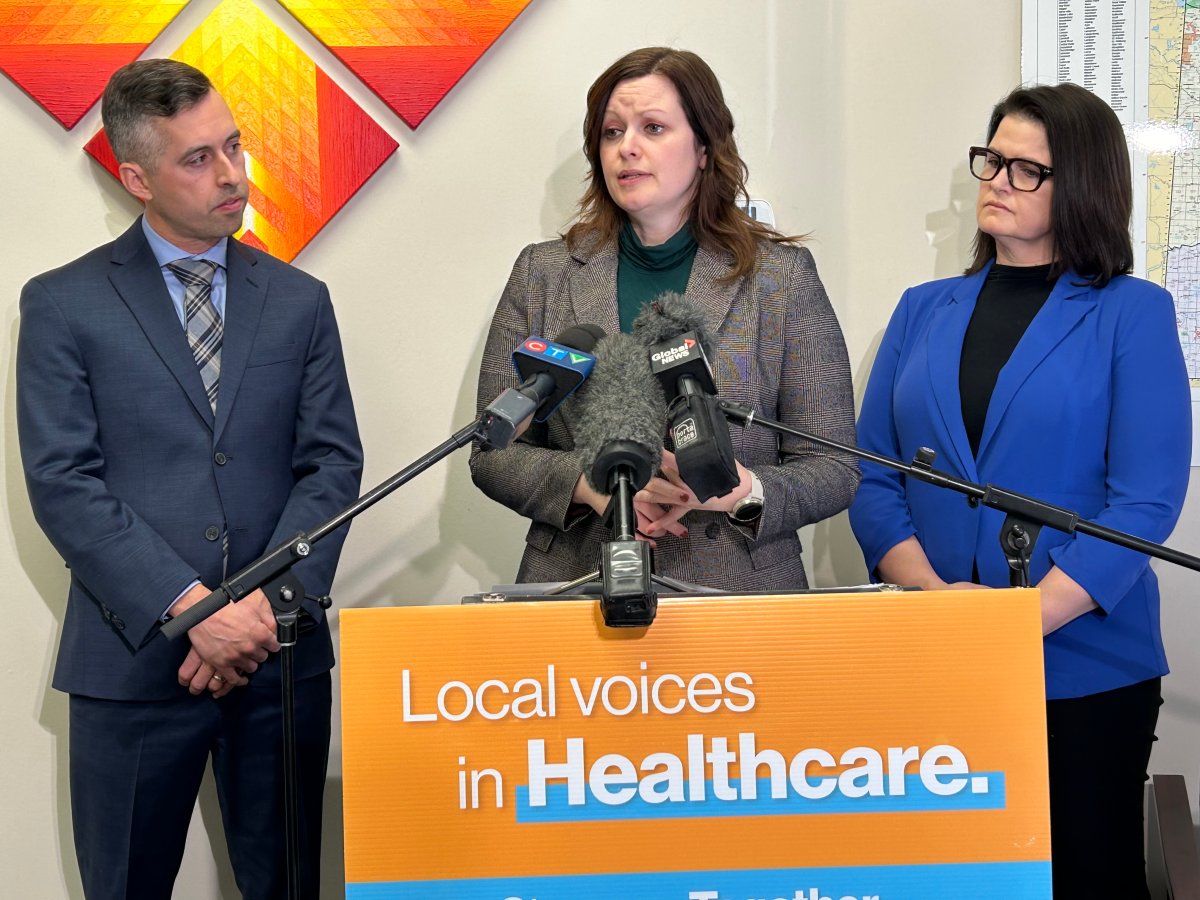Saskatchewan has cut significantly into its surgery wait-list after performing a record number of procedures in the first nine months of the fiscal year.

The provincial government said Tuesday that 71,850 surgical procedures were done between April 1 and Dec. 31 of 2023. That’s an increase of 6,000 procedures over the nine-month period ending December 2022.
“These achievements are a direct reflection of the high-quality care that is received from our health-care professionals here in Saskatchewan and their commitment and dedication,” Health Minister Everett Hindley said Tuesday.
The increase over the first nine months of the fiscal year follows a record number of surgeries done in the first six months.
According to the province, pre-pandemic wait-list numbers had 25,000 people waiting for surgery. In 2021, that number grew to 36,000 people.
But as of December 2023, the wait-list was down to around 27,000 patients. The Saskatchewan Health Authority (SHA) said the goal is to reduce the number of people on the wait-list to pre-pandemic levels before the end of March this year.
“We’re slightly behind pace with that, but we have seen considerable improvements,” Cindy Graham, the SHA surgical services executive director, said.
The government said it’s aiming to exceed last year’s record total of more than 90,000 surgical procedures, and to ensure that 90 per cent of operations are done within 10 months of the patient being told they need surgery.

Get weekly health news
The goal is to have no patients on a waiting list for more than 18 months.
In 2023-24, the government invested nearly $670 million in its surgical program. The 2023-24 budget put an additional $42.5 million into the surgical wait time strategy to provide 6,000 additional surgeries.
Rural health-care shortfalls
On another front, the province continues to struggle in maintaining its rural health workforce.
Official Opposition Leader Carla Beck and the Sask. NDP showcased data released by the Canadian Institute of Health Information (CIHI) Tuesday.
The most recent data shows that doctors and nurses have been leaving rural Saskatchewan communities in “droves since Scott Moe became premier in 2018.”
“Our hometowns have the potential to be some of the best places in Canada to put down roots. There’s no excuse for Premier Moe to be driving doctors and nurses out,” Beck said. “Scott Moe just isn’t getting results for rural Saskatchewan. The premier that broke our health-care system can’t be trusted to fix it.”
According to CIHI, there were 2,234 rural/remote registered nurses in 2018 when Moe took office. The most recent available data shows there are now only 1,760.
“That’s the largest dip in the nursing workforce in all the provinces studied at -21 per cent since 2018,” the NDP said.
According to CIHI, Saskatchewan lost a net of 35 physicians (all types) to other provinces in 2022, the second-highest loss among the provinces, next to only Alberta (-72). British Columbia experienced the highest influx of physicians, gaining 112.
“It’s not just about money. We need to listen to our health-care workers and change the culture that’s driving them to other provinces,” rural and remote health critic Jared Clarke said. “Local leaders know what’s best for their communities and deserve a seat at the table.”
Hindley said the province has made a number of changes to rural recruitment and retention practices in the last number of months, pointing to the establishment of the Saskatchewan recruitment agency and the rural position incentive programs.
Dr. Michael Kelly, the SHA provincial department head of surgery, said the province is making good progress.
“From a surgeon’s perspective, it’s relatively stable in rural Saskatchewan,” Kelly said. “There’s been some good hires made this year in the regional centres that have helped and I think the Prince Albert Victoria Hospital expansion project is helping.”
For the NDP, the strategies aren’t enough, and it says until the province focuses on making people born in Saskatchewan want to stay and work in Saskatchewan, problems will continue to arise.









Comments